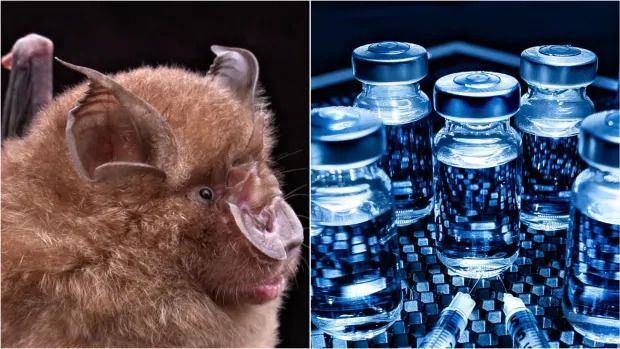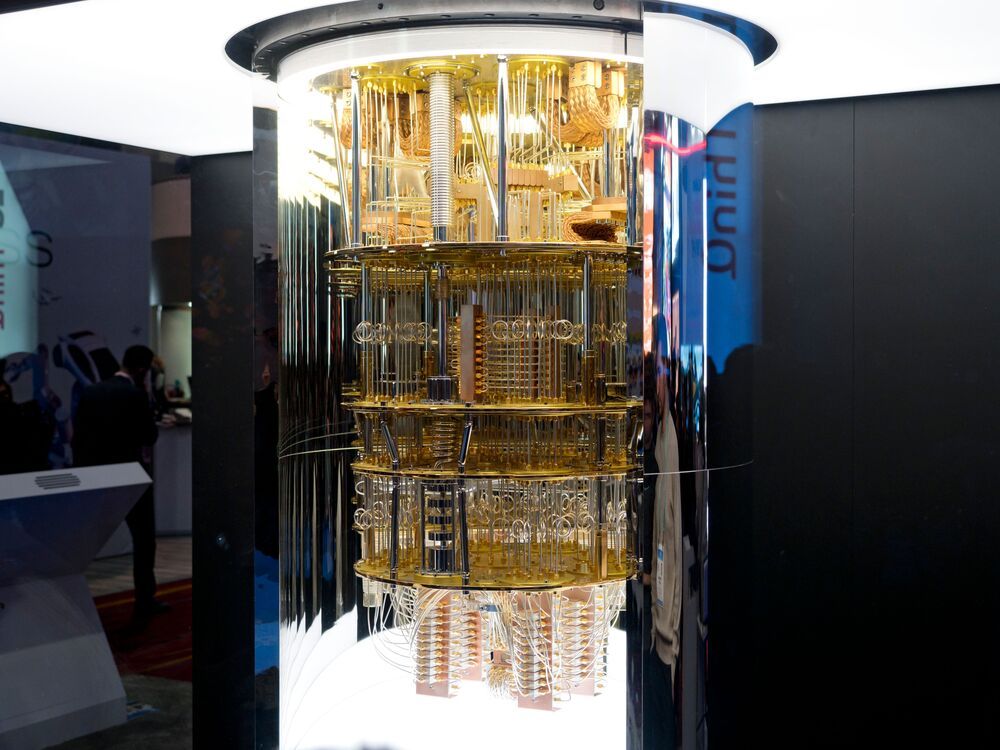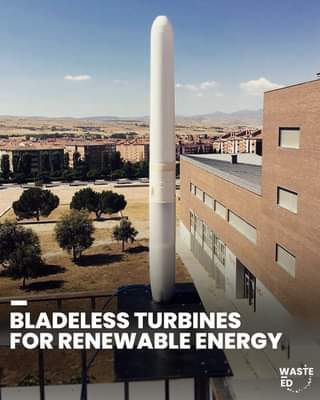Elon Musk is serious about making the upcoming Tesla Roadster “hover” with rocket technology in new comments about the electric supercar.
When first unveiling the vehicle, Tesla claimed a list of impressive specs for its new Roadster, including 0–60 mph in 1.9 sec, 620-mile of range, and more.
The CEO has been also teasing those specs as the “base specs,” and other versions should have even crazier performance.








